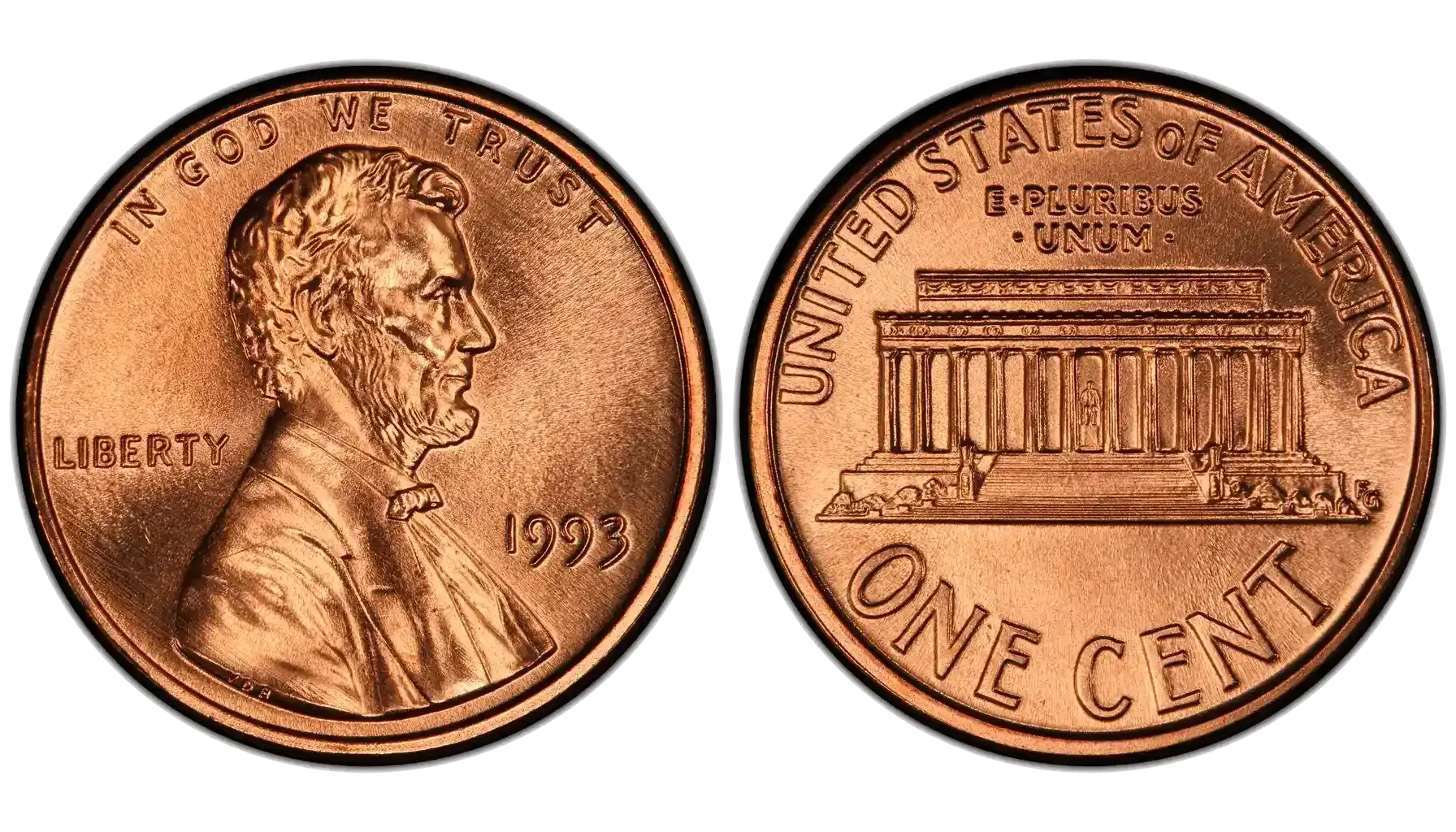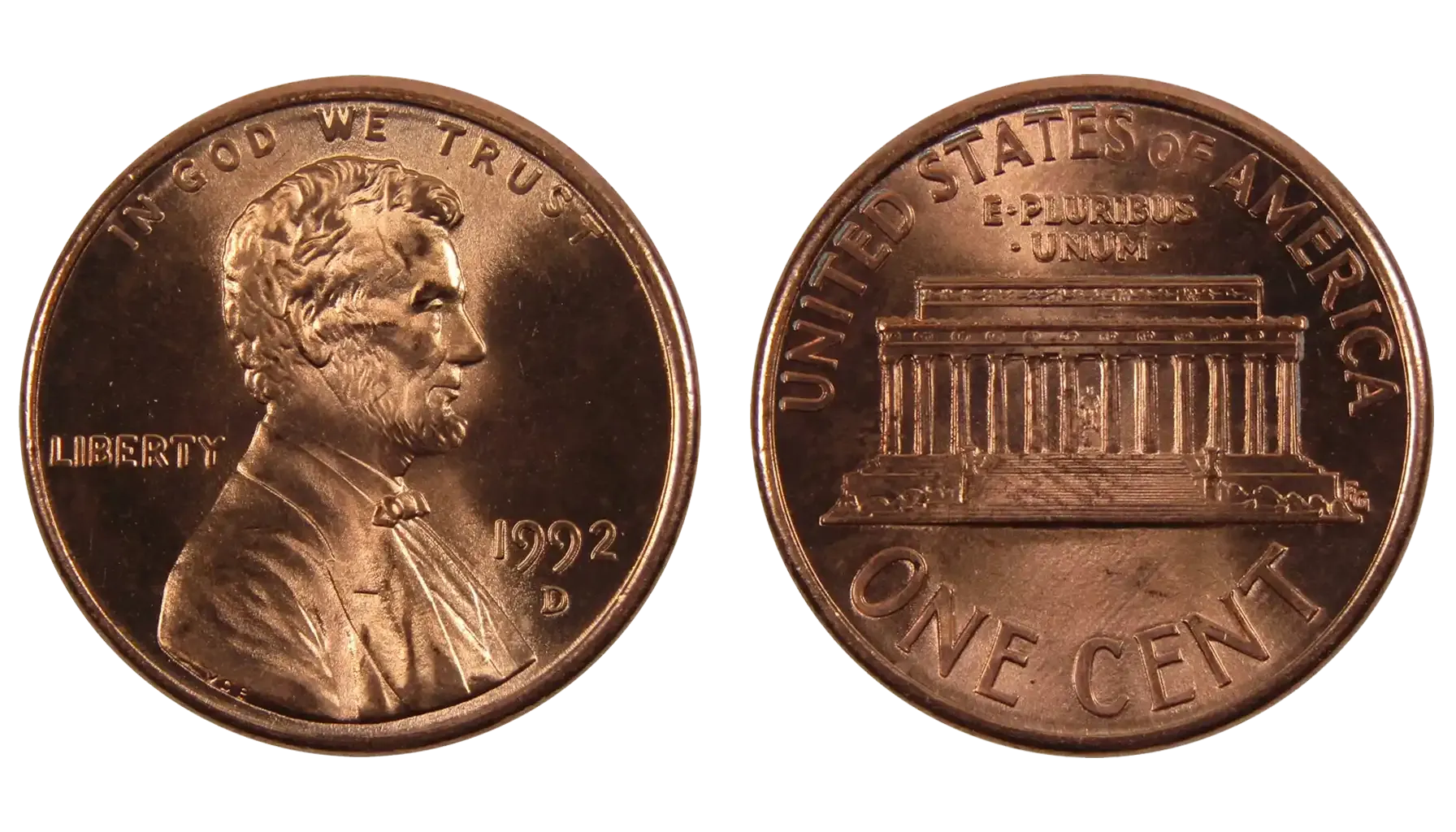What is Washington famous for? There may be several answers: museums and memorials, the White House and the Capitol, and much more. For numismatists, this place is also known from another side - 1983 Quarters, but do not confuse them with other coins like the Seated Liberty Quarter. Let us talk more about them today and understand what they are.
Step Back in the History
The 1983 Washington Quarters are part of the long-running series that features George Washington on the obverse (front) of the coin.
The idea for the Washington Quarter was proposed to commemorate the 200th anniversary of George Washington's birth in 1932. It was introduced, replacing the Standing Liberty Quarter. The design was created by sculptor John Flanagan and featured a profile of George Washington based on a bust by Jean-Antoine Houdon.
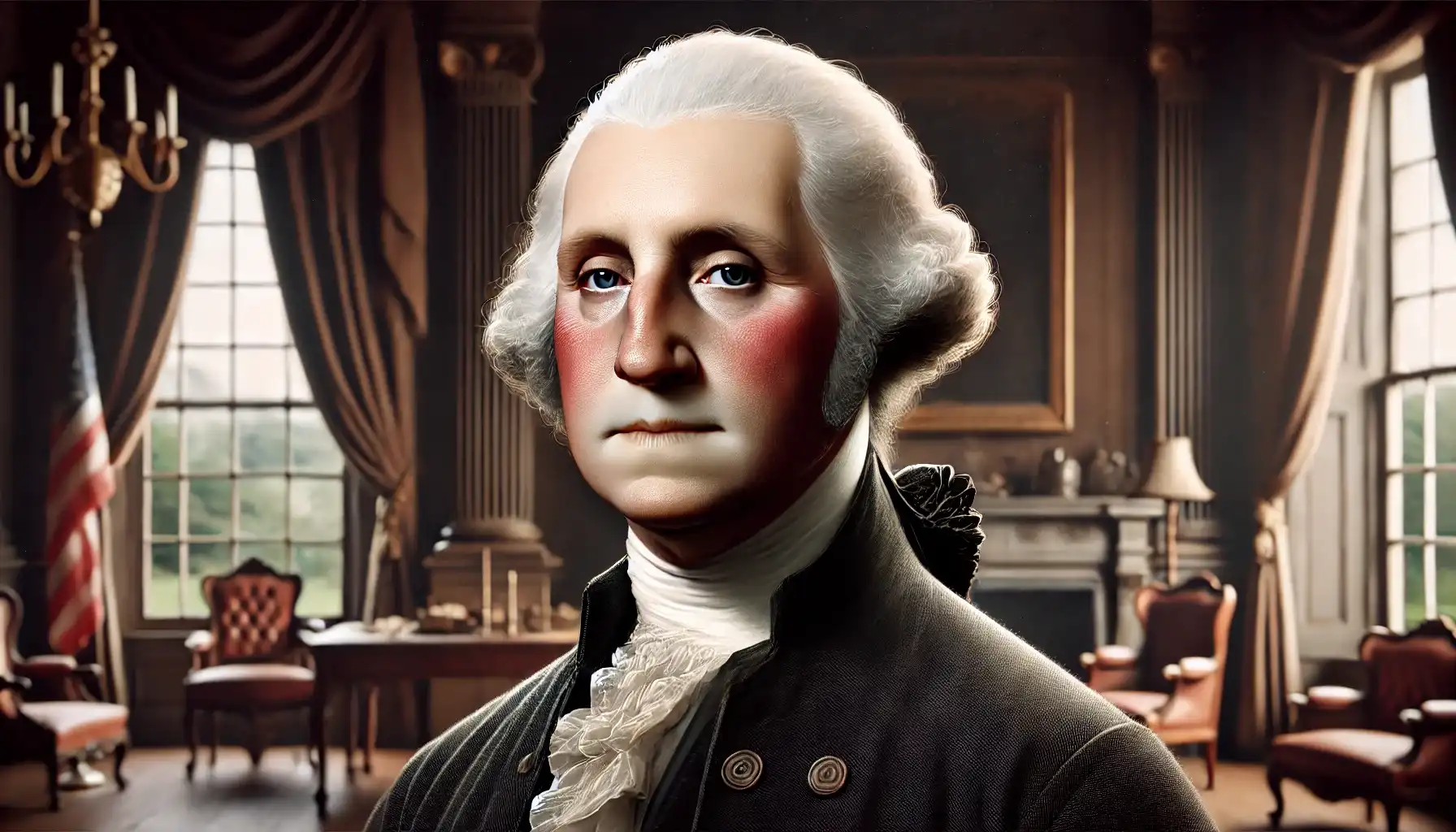
They were made of 90% silver and 10% copper. Due to the rising cost of silver, the composition was changed to a clad composition of 91.67% copper and 8.33% nickel, which continues to this day.
The early 1980s saw high demand for quarters, leading to large mintages. The 1983 Washington Quarter was part of this trend. This was a time of economic recovery in the United States, with inflation and unemployment rates starting to stabilize after a period of economic turmoil in the late 1970s when the 1979 Quarters existed.
They were produced at both the Philadelphia (no mint mark) and Denver (D, or 1983D Quarter) mints. Notably, the U.S. Mint did not produce proof sets for general circulation in 1982 and 1983, making high-quality uncirculated coins from these years more valuable to collectors.
Coins from the early 1980s, including 1983, are relatively scarce in higher grades because they were heavily circulated and fewer were saved in mint condition. Collectors often seek out 1983 Quarter error examples, e.g., those with doubling or off-center strikes. These can significantly increase a coin's value.
While the basic design by John Flanagan remained the same, there have been various changes and special editions over the years. For example, the State Quarters Program (1999-2008) introduced new reverse designs for each of the 50 states, followed by the America the Beautiful Quarters (2010-2021).

Description of the 1983 American Quarter
Design
Obverse: Features a profile of George Washington, facing left. The word "LIBERTY" is inscribed above his head, and the date "1983" is below. To the left of Washington, the word "IN GOD WE TRUST" is inscribed.
Reverse: Displays an eagle with outspread wings, holding arrows in its talons and olive branches below. Above the eagle, the words "UNITED STATES OF AMERICA" are inscribed, and below the eagle, the denomination "QUARTER DOLLAR" is shown.
Composition
Metal Composition: Copper-Nickel Clad Copper
Weight: 5.67 grams.
Diameter: 24.26 mm.
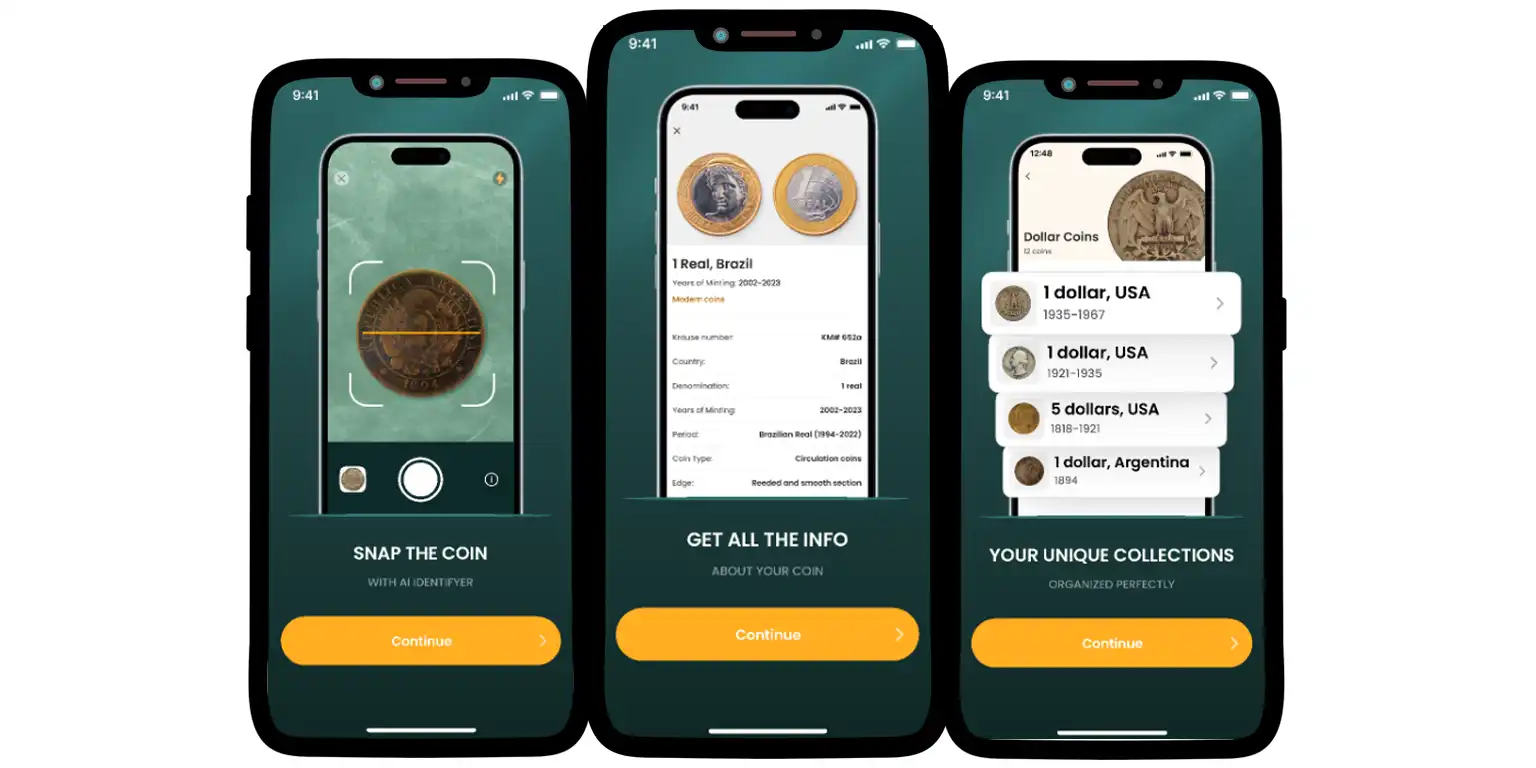
Mint Marks
These coins were minted in three locations:
Philadelphia (no mint mark)
The 1983 P quarter, with a mintage of 673,535,000 coins, is the most common variant. Most of these coins remain in circulation today and are worth only face value. However, well-preserved examples in mint state can attract higher prices. The highest auction price for a MS 65 piece reached $15,863 in 2014.
Minted in Philadelphia (no mintmark visible on the coin's obverse).
The most commonly circulated.
Uncirculated coins in MS 65 grade, as well as some 1983 P quarter errors, range from $46 to $150, with a top price for MS 67 grades reaching $650.
Denver (Quarter 1983 D)
The Denver mint produced 617,806,446 coins, and while these too are mostly seen in circulation, some high-grade examples fetch more in the market. How much is a 1983 D quarter worth? One MS 67 specimen was sold for $1,410 in 2016.
The "D" mintmark is located just below Washington’s ponytail.
Typically the 1983 quarter D value is not high, but MS 67 examples can exceed $850 in auctions.
San Francisco (1983 S Quarter)
It was issued only as a proof coin, with a mintage of 3,279,126. Proof coins are typically produced with higher quality and are intended for collectors. A 1983 S PR 70 coin (perfectly graded) was sold for $495 in 2003 (more than a 1983 D quarter value).
The "S" mintmark is located beneath Washington’s bust.
These coins are rare, and their value is primarily driven by their status as proof coins. Higher-grade proof examples can reach up to $495 at auction.
The Value of the 1983 Quarter Dollar
The value depends on its condition and whether it has any unique features, e.g., misprints like 1983 D quarter errors.
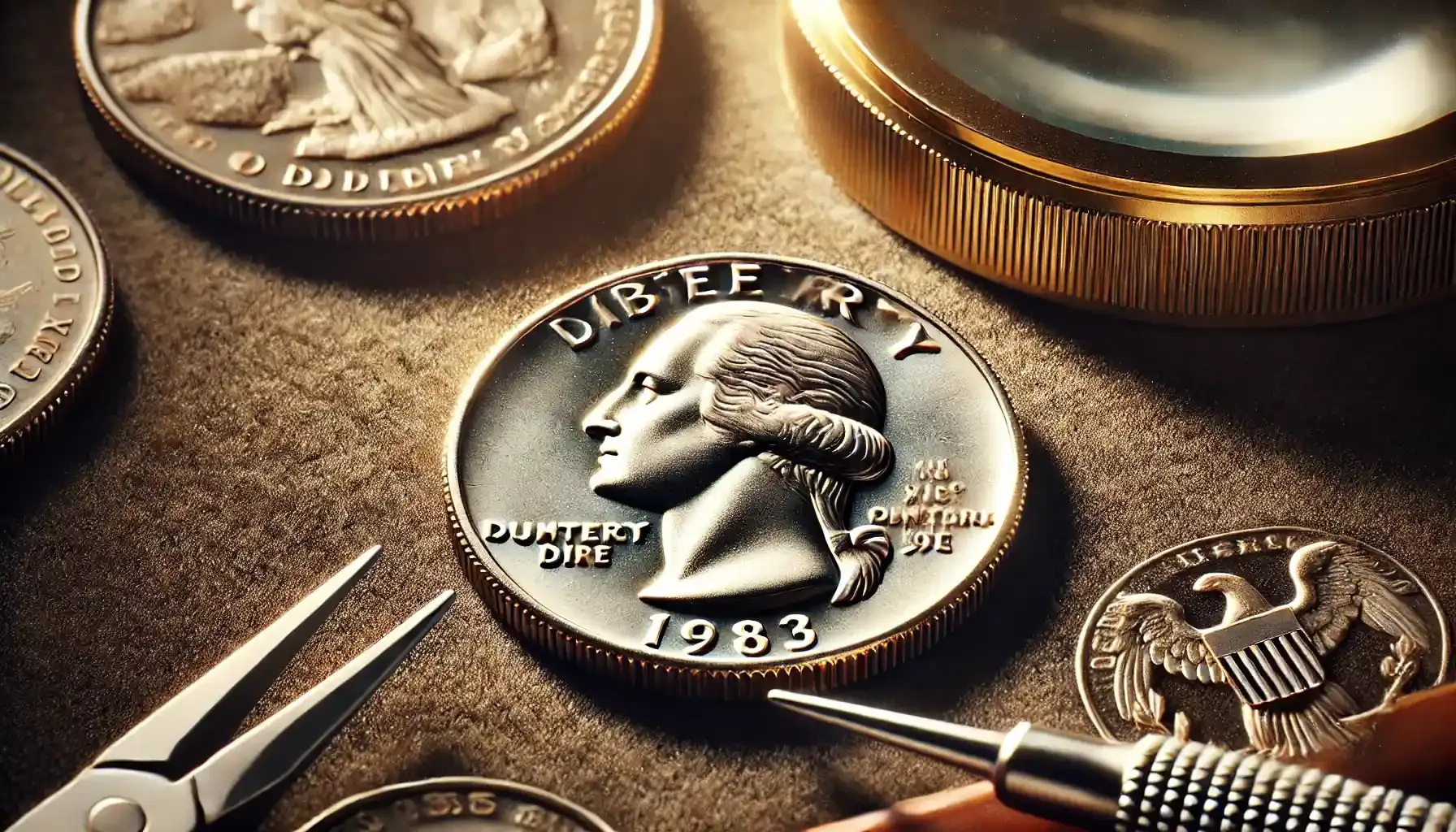
Circulated Condition
Face Value: If the coin is worn from circulation, it is generally worth its face value of 25 cents.
Higher Grade Circulated Coins: If the coin is in better condition with less wear (e.g., Very Fine to Extremely Fine), it might be worth slightly more to collectors ($0.50 - $1).
Uncirculated Condition
Coins that have not been in circulation and have a mint state grade can be worth more. The value increases with the grade (MS60 to MS70 - MS means ‘mint state’).
MS60: Approximately $3 to $5.
MS65: Approximately $10 to $15.
MS67 or Higher: Can be worth $50 or more, with the highest grades potentially fetching much higher prices depending on the coin market and demand.
Errors and Varieties
Coins with mint errors (1983 misprint quarter, e.g., double strikes, off-center strikes or die cracks) can be worth much more, ranging from $50 to several hundred dollars. This usually depends on the nature and severity of the error.
Spitting Eagle Error
The Spitting Eagle error is one of the most famous 1983 quarter errors. It occurs when a die clash causes a line to appear beneath the eagle’s beak, resembling a “spit.”
Value Range: $1 to $500.
A 1983 P Spitting Eagle in MS 66+ grade was sold for $504 in 2018.
Off-center Error
The off-center error occurs when a coin is struck without the planchet being perfectly aligned in the die. This causes part of the design to be "off-center," resulting in a coin that’s missing significant portions of its image.
Value Range: $50 to $100 for high-grade coins.
The most valuable off-center coins have visible dates and mintmarks, with about 50% to 55% of the design missing.
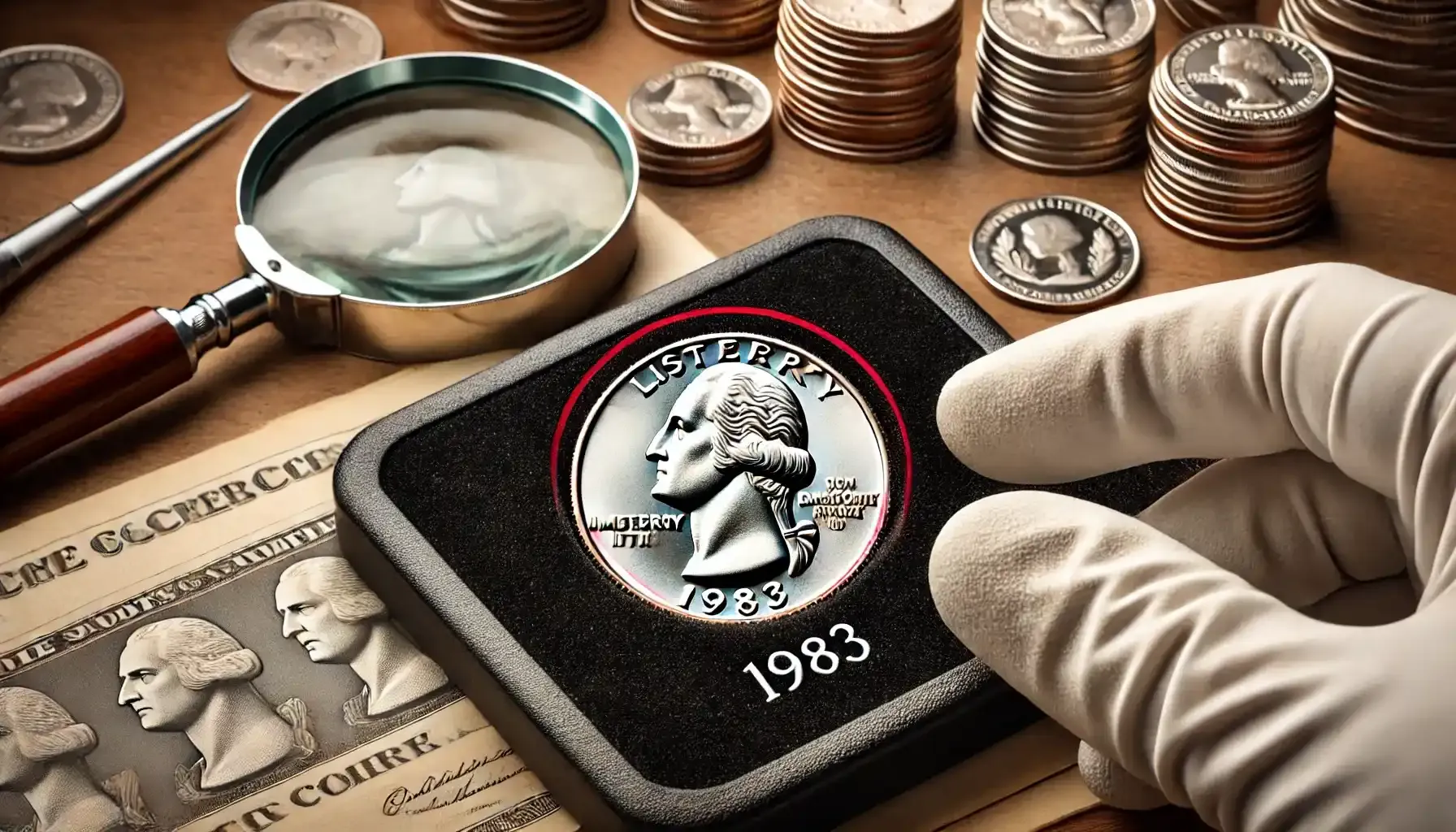
Finned Rim Error
It happens when excessive pressure from the die causes metal to spill over the edge, creating a "flange" or "fin" around the coin’s rim. These coins are more unusual and valuable than standard specimens.
The value is higher than regular uncirculated coins.
Struck on a Nickel Planchet
Occasionally, a 1983 quater can be struck on a nickel planchet, resulting in a coin that is smaller, lighter, and has missing design elements. These errors are rare and highly sought after by collectors.
Value Range: $180 to $260 for well-preserved examples.
Reverse Indent Error
A reverse indent occurs when a coin strikes another planchet, creating an indentation. These errors are particularly valuable if the indent is visible on the reverse side of the coin.
Value Range: $310 for high-grade examples with reverse indents.
Notable Sales
Some high-grade 1983 examples (MS67 and above) were sold at auction for several hundred dollars.
Condition | 1983 P (Philadelphia Mint) | 1983 D (Denver Mint) | 1983 S (San Francisco Mint, Proof) |
MS 65 | $46 (Sold in 2014, Heritage Auctions) | $38 (Sold in 2016, Stack's Bowers) | - |
MS 66 | $150 (Sold in 2015, Heritage Auctions) | $80 (Sold in 2017, Stack's Bowers) | - |
MS 67 | $650 (Sold in 2016, Stack's Bowers) | $850 (Sold in 2016, Heritage Auctions) | - |
MS 67 (Spitting Eagle) | $504 (Sold in 2018, Heritage Auctions) | - | - |
PR 65 | - | - | $5 (Sold in 2019, GreatCollections) |
PR 70 | - | - | $495 (Sold in 2003, Heritage Auctions) |
Note: For an accurate assessment, it is best to have the coin professionally graded by a service such as the Professional Coin Grading Service (PCGS) or Numismatic Guaranty Corporation (NGC). The market for coins can fluctuate, so checking recent auction results and sales can provide a more current estimate of a coin's value. For more detailed information about coins you can try a coin identifier by picture app called Coin ID Scanner. It provides all the necessary information for numismatists and those who are just interested in different coins.
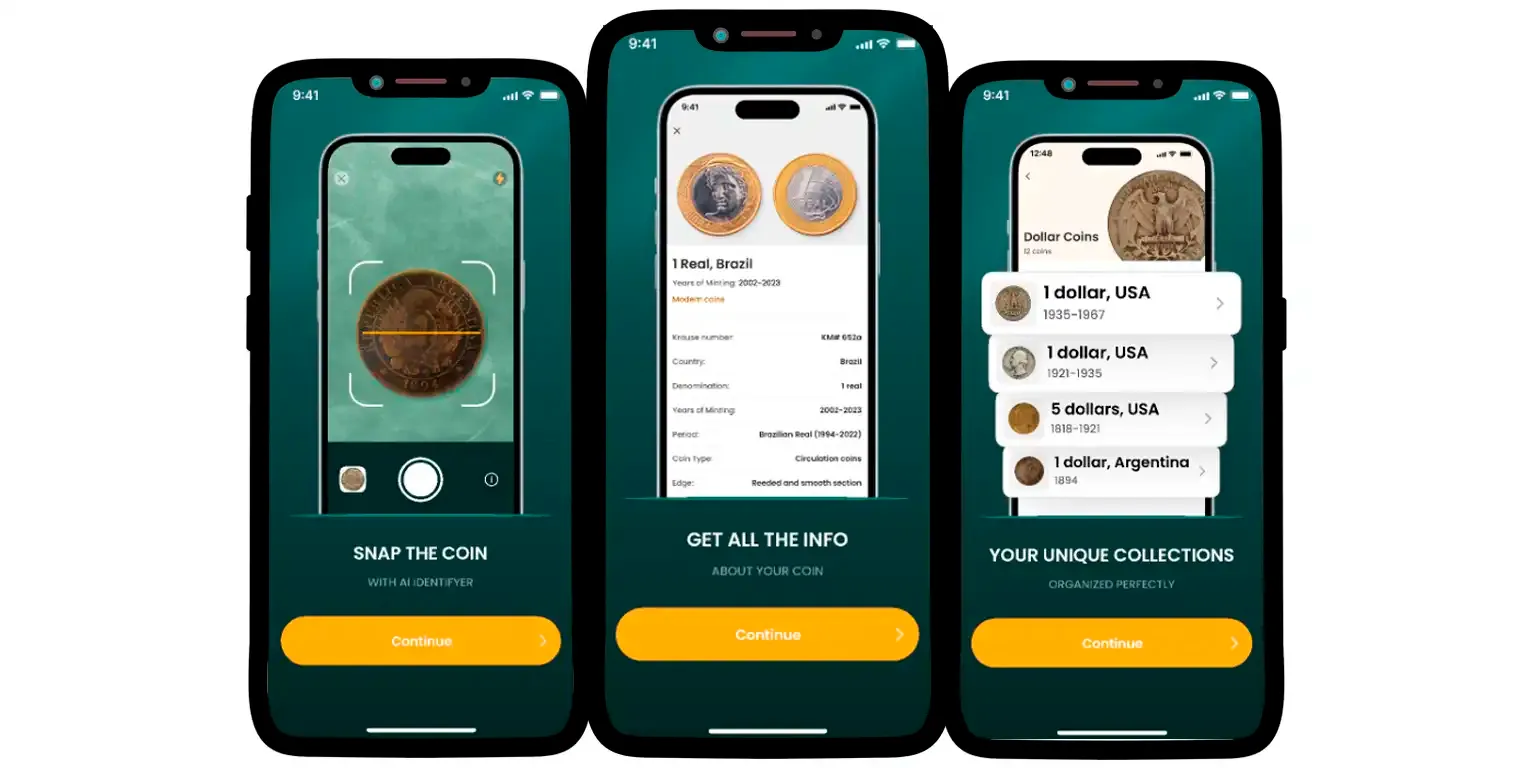
Summary
Here is a short overview of 1983 Quarters D and P without their division in two separate groups:
Condition | Description | Value Range (USD) |
Circulated | Worn from circulation | $0.25 (face value) |
Higher Grade Circulated | Better condition with less wear (Very Fine to Extremely Fine) | $0.50 - $1 |
MS60 | Uncirculated, Mint State 60 | $3 - $5 |
MS65 | Uncirculated, Mint State 65 | $10 - $15 |
MS67 or Higher | Uncirculated, Mint State 67 or higher | $50 and more |
Error Coins | Coins with mint errors (e.g., double strikes, off-center) | $50 to several hundred dollars |
Proof Coins | Special collector’s sets (not issued in general circulation) | Varies, typically higher if in pristine condition |
We hope that the information in this article was useful for reading and further use. Good luck with your collecting, profitable shopping and selling!

